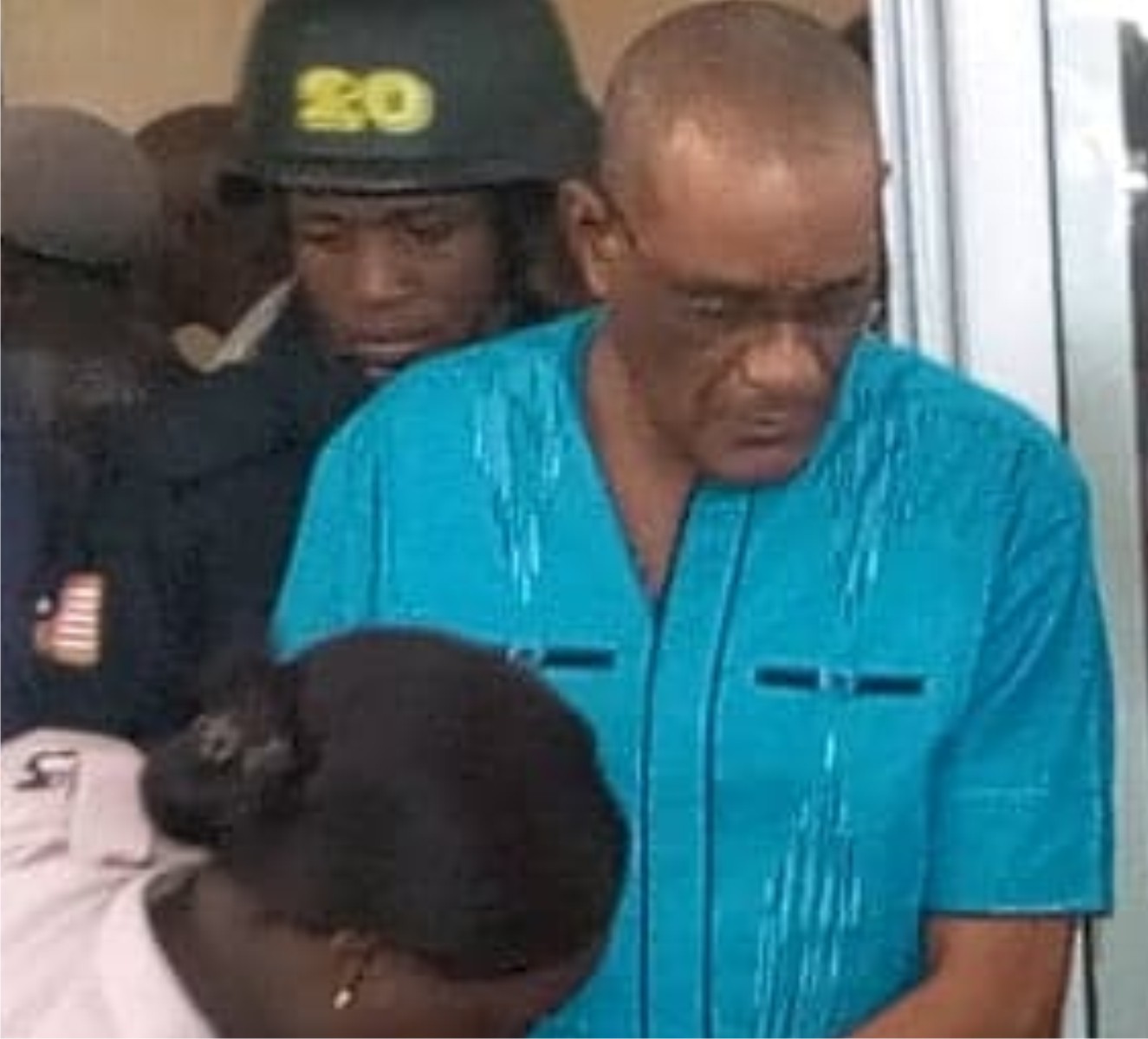More officials jailed

More arrests have been made in connection to the “missing 16” billion Liberian bank notes as prosecutors and investigators widen the scopes of individuals of interest.
On Tuesday, two more officials of the Central Bank Liberia were charged and sentenced to jail barley 24 hours after three top officials, including former President Ellen Johnson – Sirleaf’s son Charles E. Sirleaf, were incarcerated for economic sabotage.
On Tuesday, 5 March, Central Bank of Liberia (CBL) Director for Operations defendant Richard H. Walker and the Deputy Director for Internal Audit, Joseph Dennis were incarcerated at the Monrovia Central Prison on charges of economic sabotage, criminal conspiracy and criminal facilitation, bringing to five, the number of officials held so far following the alleged 16 billion findings.
Earlier on Monday, the CBL’s Deputy Governor Mr. Sirleaf, former Executive Governor Mr. Milton Weeks and Director of Banking Mr. Dorbor Hagba were charged and locked up for their alleged roles in the “missing 16 billion” Liberian banknotes case.
The arrests of the current and former CBL officials, including Internal Audit official Mr. Dennis follow the release of separate reports into findings of the alleged “missing 16 billion” Liberian banknotes by the United States Embassy near Monrovia and the government here.
The Presidential Investigative Team (PIT) set up by President George Manneh Weah finds that the CBL reported receiving a total of LRD$15,506,000,000 from its contracted firm Crane Currency AB, but analysis of the packing list submitted by the CBL to PIT actually reveals that 18,151,000,000 was printed and shipped by the firm.
The indicted officials are therefore expected to give account of the excess amount of 2,645, 000,000 which the PIT says are yet to be fully accounted for.
In the indictment, the prosecutors here clarify that it is from the PIT’s findings that these officials have been indicted, and not the findings from Kroll’s investigation, a firm hired by the United States Agency for International Development (USAID) to help Liberia in the probe.
[bsa_pro_ad_space id=1]
According to an indictment prepared against the officials, between April 2016 and August 2018, the indictees knowingly colluded and conspired to defraud the CBL and the Government of Liberia.
The indictment indicates that the indictees had no authority to print an excess amount of LRD$2,645,000,000 to infuse it into the Liberian market.
The indictment reveals further that the defendants had no authority to pay the amount of US$835,367.72 to the CBL’s hired firm, co-defendant Crane Currency AB for the printing of the excess amount.
In their report, the US sanctioned investigators Kroll Associates Inc., established that the CBL entered into a contract with Crane AB on May 6, 2016 to print new banknotes totaling LRD 5.0 billion, eleven days prior to the CBL receiving full Legislature approval to print new banknotes.
The Legislature’s approval was not granted in the same manner as 2016 for the CBL to print a second tranche of new banknotes, totaling LRD 10.0 billion in 2017, the report continues.
It adds that Crane AB was awarded the second contract in June 2017 by the CBL to print new banknotes totaling LRD 10.0 billion, four weeks before two officials from the Legislature – House Chief Clerk Mildred Sayon and Senate Secretary Nanborlor Singbeh requested that the CBL replace all legacy banknotes.
The CBL did not provide the Legislature with details of the quantity and denominations of the new banknotes prior to the printing and shipping of new banknotes, the USAID report finds.
It says the actual value of new banknotes printed by Crane AB to Liberia totaled LRD 15.506 billion, adding that the new banknotes totaling LRD 0.506 billion were printed by Crane AB above the initial contractual amount of LRD 15.0 billion.
Further, it says under the direction of the Minister of Finance, the President’s Economic Management Team also conducted a separate USD 25.0 million exercise to “mop-up” excess LRD banknotes with USD banknotes.
At the time of Kroll’s review, this resulted in LRD 2.3 billion (USD 15.0 million)3 being purchased by the CBL from local businesses and foreign exchange bureaus, in an attempt to address the depreciation of the Liberian Dollar, the USAID report says.
It reveals that this action was undertaken by the CBL without a clearly documented strategy.
Kroll’s independent counts of the physical cash balances in each of the CBL’s three operational vaults could not be reconciled with the CBL’s corresponding financial accounting records.
By Winston W. Parley –Editing by Jonathan Browne




















